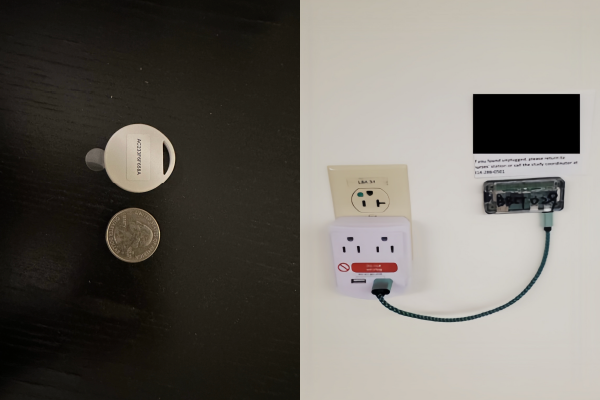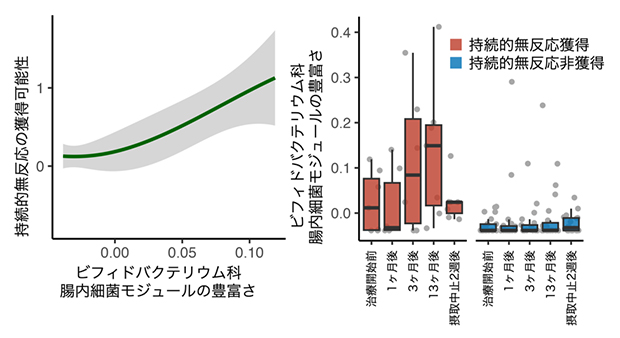2023-10-31 ワシントン大学セントルイス校

Researchers working with Chenyang Lu developed tailored contact tracing algorithms for different areas of the ICU using coin-sized beacons (left) that attach to health-care workers’ badges and transmit location information to strategically placed receivers (right). (Photos courtesy of Jingwen Zhang)
◆研究者は、異なる環境と医療従事者の行動に合わせてCATCHをカスタマイズし、異なるシナリオに合わせた新しいコンタクトトレーシングアルゴリズムを開発しました。CATCHは、実際の医療環境での使用性が評価され、既存のアプローチに比べて精度、効果、効率で優れた結果を示しました。このシステムは、病院内でのウイルスの伝播リスクを減少させ、感染者を迅速に特定して隔離することで、命を救うことができます。
<関連情報>
- https://source.wustl.edu/2023/10/wearable-tech-for-contact-tracing-developed/
- https://dl.acm.org/doi/10.1145/3610924
集中治療室における医療従事者のコンタクトトレーシング Contact Tracing for Healthcare Workers in an Intensive Care Unit
Jingwen ZhangRuixuan Dai,Ashraf Rjob,Ruiqi Wang,Reshad Hamauon,Jeffrey Candell,Thomas Bailey,Victoria J. Fraser,Maria Cristina Vazquez Guillamet,Chenyang Lu
Proceedings of the ACM on Interactive, Mobile, Wearable and Ubiquitous Technologies Published:27 September 2023
DOI:https://doi.org/10.1145/3610924
Abstract
Contact tracing is a powerful tool for mitigating the spread of COVID-19 during the pandemic. Front-line healthcare workers are particularly at high risk of infection in hospital units. This paper presents ContAct TraCing for Hospitals (CATCH), an automated contact tracing system designed specifically for healthcare workers in hospital environments. CATCH employs distributed embedded devices placed throughout a hospital unit to detect close contacts among healthcare workers wearing Bluetooth Low Energy (BLE) beacons. We first identify a set of distinct contact tracing scenarios based on the diverse environmental characteristics of a real-world intensive care unit (ICU) and the different working patterns of healthcare workers in different spaces within the unit. We then develop a suite of novel contact tracing methods tailored for each scenario. CATCH has been deployed and evaluated in the ICU of a major medical center, demonstrating superior accuracy in contact tracing over existing approaches through a wide range of experiments. Furthermore, the real-world case study highlights the effectiveness and efficiency of CATCH compared to standard contact tracing practices.


